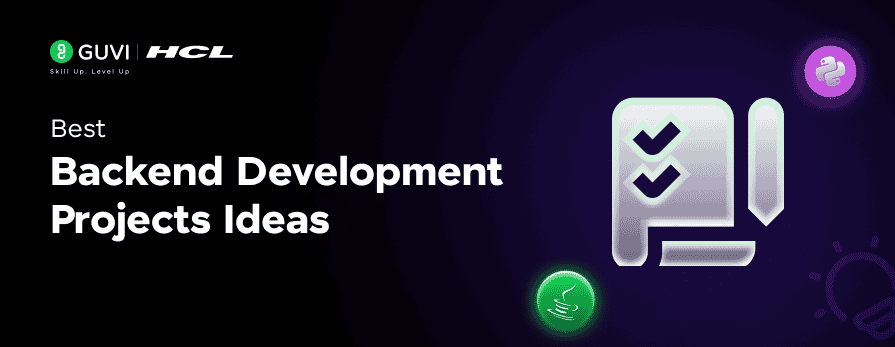
Top 10 Backend Development Project Ideas [2025]
Sep 29, 2025 7 Min Read 11073 Views
(Last Updated)
Are you not getting hired in your desired role even after clearing multiple technical and personality rounds? Well, it’s probably the lack of experience reflected through your projects portfolio. You see, in our tech world what you’ve built is your actual face and what companies see and judge on the most.
These backend development project ideas show you know how to turn abstract concepts into practical solutions that employers want. But I know it can be pretty confusing as to what you must build and what is what, hence I’m here with this article.
This article lists 10 backend development project ideas exclusively crafted to help you build a compelling portfolio. You’ll showcase your technical expertise in database management, security practices, and API development – skills that employers seek in potential candidates. The whole ordeal should take about a year to complete. You’ll learn and implement each concept properly.
Table of contents
- Project 1) User Authentication System
- Project 2: Building a Simple Task Manager API
- Project 3: Creating a Personal Blog Backend
- Project 4) AI-Powered Content Moderation System
- Project 5) E-commerce Platform
- Project 6) Real-time Chat Application Backend
- Project 7) Building a File Sharing Service
- Project 8) Social Media Backend Development
- Project 9) Job Board Platform
- Project 10) Blockchain-Based Voting System
- Concluding Thoughts…
- FAQs
- Q1. What skills should a backend developer focus on in 2025?
- Q2. Can you suggest some good backend projects for beginners?
- Q3. What does the future hold for backend development?
- Q4. Which programming languages are most popular for backend development?
- Q5. How can backend projects improve a developer's career prospects?
Project 1) User Authentication System
A secure user authentication system lies at the heart of modern application development. This key backend project makes an excellent starting point for aspiring developers. Your portfolio will benefit from both the technical challenges and the practical value it offers.
User authentication checks a person’s identity when they try to access a system or application. Cyberattacks grow more sophisticated each day, which makes reliable authentication a vital part of protecting sensitive information.
Complexity Level: Beginner to Intermediate
Project Duration to 2 weeks (depending on optional features such as email verification and multi-factor authentication)
Key Features:
- User registration system – Build secure signup flows that check and store user credentials appropriately
- Login functionality – Create secure verification processes that match provided credentials with stored data
- Password encryption – Use industry-standard hashing algorithms to protect user passwords from exposure
- JWT implementation – Create and check tokens that authenticate subsequent user requests
- Role-based access control – Build authorization systems that control authenticated users’ actions
- Multi-factor authentication – Add security layers through email verification, OTP, or other methods
Technologies/Tools Used:
- Backend Framework: Node.js with Express / Django / Flask
- Database: MongoDB / PostgreSQL / MySQL
- Authentication Protocols: JWT (JSON Web Tokens), OAuth 2.0, Sessions & Cookies
- Password Security: bcrypt, Argon2
- Optional Tools: Passport.js, Firebase Authentication, SendGrid (for email integration)
Source Code: User Authentication System
New developers should start with simple username/password authentication before adding complex features. Node.js with Express for the backend and PostgreSQL for the database offer a technology stack that balances the learning curve with reliable capabilities. This is one of the best beginner backend development project ideas.
Project 2: Building a Simple Task Manager API
A Task Manager API project is a great next step after you’ve mastered authentication systems. It will help you grow your backend development skills. This type of API lets users organize activities, set deadlines, and track progress—skills that companies value highly today.
Complexity Level: Beginner to Intermediate
Project Duration: 7–10 days (depending on prior experience)
Key Features:
- Task creation and management – Implement endpoints for adding, retrieving, updating, and deleting tasks
- User-specific task association – Link tasks to specific user accounts, building upon authentication skills
- Priority and deadline tracking – Create fields for organizing tasks by importance and timeframes
- Filtering and sorting capabilities – Allow queries that order tasks by different parameters
- Status tracking – Implement features to mark tasks as pending, in progress, or completed
Technologies/Tools Used:
- Backend Language: Node.js (with Express.js) or Python (with Flask/Django)
- Database: MongoDB (for NoSQL) or PostgreSQL (for SQL-based tasks)
- Authentication: JWT (JSON Web Token) or session-based authentication
- Testing Tools: Postman or Swagger for API testing
- Version Control: Git and GitHub for source code management
Source Code: Building a Simple Task Manager API
Node.js and Express make a great starting point—they’re powerful tools for backend API development and easy to learn. All the same, Python fans might prefer Django REST Framework. This project is also one of the best backend development project ideas if you’re just starting out in the field.
Project 3: Creating a Personal Blog Backend
A personal blog backend project helps you practice multiple backend skills at once. This project combines database design, authentication, and content management into a complete package that will look great in your portfolio.
Complexity Level: Beginner to Intermediate
Project Duration: 2 to 3 weeks (depending on feature depth and testing)
Key Features:
- Dual-section architecture – Public guest section for reading articles and a secure admin dashboard for content management
- Content creation system – Endpoints to create, edit, and publish blog posts with rich text formatting
- Media management – Storage solutions for images, audio, and video content
- Category and tagging system – Organization features to improve content discovery
- Commenting functionality – Interactive features that let readers involve with content
- SEO optimization features – Meta tags, optimized URL structures, and sitemap generation
Technologies/Tools Used:
- Backend Framework: Node.js with Express.js or Django (Python)
- Database: MongoDB or PostgreSQL
- Authentication: JWT (JSON Web Tokens) or OAuth 2.0
- API Testing: Postman
- Version Control: Git and GitHub
Source Code: Creating a Personal Blog Backend
The completed project shows you know how to build content management systems—a highly valued skill in the Indian job market. Your mastery of database design, authentication flows, and content delivery demonstrates full-stack capabilities to potential employers. This is one of the must-build backend development project ideas.
Project 4) AI-Powered Content Moderation System
The massive volume of user-generated content in our digital world makes manual review almost impossible. An AI-powered content moderation system stands out as one of the most practical backend development projects that addresses this growing challenge. Social media statistics show 4.62 billion active users worldwide. Building this system helps protect online communities from harmful content and demonstrates advanced programming capabilities.
Complexity Level: Intermediate to Advanced
Project Duration: 4 to 6 weeks (depending on the scope and AI integrations)
Key Features:
- Multi-category classification – Systems that categorize content as safe, violent, adult, or hate speech
- Text analysis pipeline – NLP algorithms that detect abusive language, profanity, and harmful text
- Image recognition system – Computer vision tools that identify inappropriate visual content
- Real-time moderation – Capabilities to analyze livestream content instantly
- Automated filtering – Pre-moderation tools that prevent prohibited content from being posted
Technologies/Tools Used:
- Python (Flask or Django for backend)
- Natural Language Processing (e.g., spaCy, Hugging Face Transformers)
- Computer Vision (e.g., TensorFlow, OpenCV)
- REST API for moderation services
- PostgreSQL or MongoDB for content storage
- Admin dashboard (could use Django admin or a custom frontend)
Source Code: AI-Powered Content Moderation System
Beginners starting this backend project should consider using AWS services like Amazon Comprehend for text analysis and Amazon Rekognition for image moderation. These tools offer ready-made AI capabilities that simplify implementation while delivering portfolio-worthy results. This one with AI is a truly unique one amongst this list of backend development project ideas as AI development is at an all-time high today.
Project 5) E-commerce Platform
An e-commerce platform stands out as one of the most complex yet rewarding backend development projects you can tackle. The backend works like an engine that powers every part of the online shopping experience, from product browsing to purchase completion.
Complexity Level: Intermediate to Advanced
Project Duration: 3 to 5 weeks (depending on depth and feature set)
Key Features:
- Product management system – Create databases and APIs that handle product information, images, categories, and inventory levels
- User authentication and profiles – Build secure customer accounts with order history and priorities
- Shopping cart and wishlist functionality – Design systems that store selected items temporarily
- Payment processing – Add secure payment gateways that support multiple payment methods
- Order management workflow – Create processes to place orders, fulfill them, and track delivery
- Content management system – Build tools that manage product descriptions and marketing content
Technologies/Tools Used:
- Backend Frameworks: Node.js with Express or Django (Python)
- Database: PostgreSQL or MongoDB for structured/unstructured product data
- Authentication: JSON Web Tokens (JWT) or OAuth
- API: RESTful APIs or GraphQL
- Payment Integration: Stripe, Razorpay, or PayPal SDK
- File Storage: AWS S3 or Cloudinary for product image hosting
Source Code: E-Commerce Platform
Beginners starting this backend project should consider using Node.js with Express to create the API layer and PostgreSQL as the database—this stack balances functionality with reasonable learning curves. The finished project shows you know how to architect complex, business-critical systems—exactly what employers want in backend developers.
Project 6) Real-time Chat Application Backend
Real-time communication serves as the lifeblood of modern web applications. A real-time chat application backend project gives you an unmatched chance to become skilled at WebSocket technology. This technology goes beyond traditional request-response patterns that power most websites.
Complexity Level: Intermediate to Advanced
Project Duration: 2–3 weeks (depending on feature complexity and authentication layers)
Key Features:
- Real-time messaging – Implement instant message delivery between users without page refreshes
- Room-based chat – Create virtual spaces where multiple users can communicate
- Message persistence – Store conversation history in databases for later retrieval
- User presence tracking – Display online/offline status of users in real-time
- Typing indicators – Show when someone is composing a message
- Read receipts – Confirm when messages have been seen by recipients
- File sharing support – Enable users to exchange images and documents
- Push notifications – Alert users about new messages even when not active
Technologies/Tools Used:
- Backend Framework: Node.js with Express.js or Python with FastAPI
- Real-time Communication: Socket.IO or WebSockets
- Database: MongoDB (for chat messages), Redis (for session or cache handling)
- Authentication: JWT (JSON Web Tokens) or OAuth 2.0
- Deployment: Docker, Heroku, or AWS EC2 (for scalability testing)
Source Code: Real-Time Chat Application Backend
The project completion demonstrates your skills in handling asynchronous events and state management. These skills remain highly valued in the Indian job market as real-time applications continue to gain prominence.
Project 7) Building a File Sharing Service
Secure file-sharing features are the foundation of many modern applications. A file sharing service backend project helps you become skilled at secure data transfer and gives users an accessible way to store and exchange files across devices.
Complexity Level: Intermediate to Advanced
Project Duration: 2 to 4 weeks
Key Features:
- Advanced file and folder management — Create organized structures with search features to increase efficiency
- Large file transfer support — Apply chunking algorithms that handle files of any size quickly
- Multi-platform accessibility — Build systems available from devices and operating systems of all types
- Detailed security — Apply AES-256 encryption, SSL certificate authentication, and customizable permissions
- Live synchronization — Create features that keep files updated across multiple devices automatically
Technologies/Tools Used:
- Backend Framework: Node.js with Express or Django (Python)
- Database: MongoDB or PostgreSQL for user and file metadata
- Storage: AWS S3, Google Cloud Storage, or local file system for storing files
- Authentication: JWT-based authentication or OAuth2
- Security: File size validation, virus scanning APIs, encrypted file storage
- Optional Tools: Redis for rate-limiting or session caching, Multer for file uploads (Node.js)
Source Code: Building a File Sharing Service
Node.js with Express provides a solid foundation for beginners starting this backend development project. The completed project shows your knowledge of secure data storage and transfer, skills that become more valuable in backend development roles.
Project 8) Social Media Backend Development
Building a social media backend ranks among the most detailed backend development projects that showcase your technical skills. This project combines multiple components and teaches vital scaling principles.
Complexity Level: Advanced
Project Duration: 6–8 weeks (depending on feature set and level of depth)
Key Features:
- User profile management — Create systems for registration, authentication, and social connections
- Content creation and sharing — Build APIs for posting, commenting, and content distribution
- Feed generation algorithms — Develop systems that curate individual-specific content streams
- Notification systems — Implement live alerts for social interactions
- Search functionality — Create efficient indexing to find users and content
- Analytics dashboard — Design systems tracking engagement metrics
- Privacy controls — Develop granular permission settings for content visibility
- Moderation tools — Implement systems that prevent abuse and inappropriate content
Technologies/Tools Used:
- Backend Frameworks: Node.js with Express or Django (Python)
- Database: PostgreSQL or MongoDB
- Authentication: JWT (JSON Web Tokens) or OAuth 2.0
- Media Storage: AWS S3 or Cloudinary for image/video storage
- Real-Time: WebSockets or Socket.io for messaging and notifications
- Caching: Redis for optimizing feed and session data
- API Testing: Postman or Swagger
- Deployment: Docker, NGINX, and cloud services like Heroku, AWS, or Render
Source Code: Social Media Backend Development
This complex project shows you know how to architect scalable systems—exactly what employers want in senior backend developers.
Project 9) Job Board Platform
The job board platform project tests your ability to create a system that connects employers with job seekers. This backend development project combines several components like user authentication, database management, and search features that will make your portfolio stand out.
Complexity Level: Intermediate to Advanced
Project Duration: 4 to 6 weeks (depending on the features and team size)
Key Features:
- User registration system — Separate portals for job seekers and employers with appropriate dashboards
- Job posting management — Interfaces for creating, updating, and deleting job listings
- Resume database — Systems for uploading, storing, and filtering candidate profiles
- Advanced search capabilities — Filters for location, skills, experience levels, and salary ranges
- Application processing — Tools for submitting, tracking, and responding to job applications
- Company profile pages — Branded pages displaying company information and active listings
- Analytics dashboard — Metrics showing job view counts and application rates
- Notification system — Email alerts for new applications and updates
Technologies/Tools Used:
- Backend: Node.js with Express or Django
- Database: MongoDB or PostgreSQL
- Authentication: JWT (JSON Web Tokens) or OAuth
- Search Functionality: Elasticsearch or Algolia
- Notifications: WebSocket or Firebase
- Hosting: Heroku or AWS
Source Code: Job Board Platform
Beginners working on this backend project should consider using Django with PostgreSQL. The project takes about 2-3 weeks to finish, depending on the features you include. This makes it perfect to add to your backend projects for your portfolio.
Project 10) Blockchain-Based Voting System
Blockchain technology provides a new way to secure digital voting and addresses traditional electoral challenges like fraud, transparency, and accessibility. This backend development project shows you how to build a decentralized system that records votes permanently on a distributed ledger.
Complexity Level: Advanced
Project Duration: 4-6 weeks.
Key Features:
- Immutable vote recording — Votes stay permanent and tamper-proof once cast
- Decentralized architecture — Network nodes share authority to prevent manipulation
- End-to-end verification — Voters check if their votes counted correctly
- Transparency and auditability — Anyone can verify all transactions
- Voter anonymity — Cryptographic techniques protect identity while keeping vote integrity
- Resistance to attacks — The design stops various types of electoral fraud
- Automated vote counting — Smart contracts count votes automatically
- Cost efficiency — Setup and maintenance costs less than traditional systems
Technologies/Tools Used:
- Backend: Node.js
- Blockchain Platform: Ethereum or Hyperledger
- Smart Contracts: Solidity
- Database: MongoDB
- Web3.js for blockchain interaction
- Testing Framework: Truffle or Hardhat
Source Code: Blockchain-Based Voting System
This advanced backend project combines skills from previous projects—including authentication, database management, and API development—while introducing advanced blockchain concepts that today’s digital world values highly.
If you’re serious about mastering Backend Development, building these projects, and cracking top tech interviews, then HCL GUVI’s Full Stack Development Course is the perfect choice. This industry-aligned program covers everything from core backend concepts to real-world project building, ensuring you’re job-ready with hands-on skills and expert mentorship.
Concluding Thoughts…
These 10 backend projects provide a detailed path to becoming skilled at development. You start with simple authentication systems and work your way up to advanced blockchain applications. Each project builds on what you learned before and introduces something new.
Employers look for the exact practical skills these projects teach you. Hence, hands-on experience with these projects will strengthen your technical foundation. And your portfolio will become more impressive with each project you complete.
The whole experience takes about a year to complete. Your investment of time and effort will lead to better job opportunities and higher earning potential. Pick your first project today and start building it step by step.
FAQs
Q1. What skills should a backend developer focus on in 2025?
Backend developers should prioritize mastering server-side programming languages like Python, database management (both SQL and NoSQL), modern API and security protocols, version control with Git, cloud services, and robust testing skills for application development.
Q2. Can you suggest some good backend projects for beginners?
Some good backend projects for beginners include building a personal blogging platform API, creating a to-do list API, developing a weather API wrapper service, designing an expense tracker API, and implementing a markdown note-taking app. These projects help develop essential skills while gradually increasing in complexity.
Q3. What does the future hold for backend development?
The future of backend development looks promising, with advancements in AI, real-time processing, enhanced security measures, and cloud-native development. Established frameworks like Node.js, Django, and Spring Boot will continue to evolve, while newer technologies will drive further innovation in the field.
Q4. Which programming languages are most popular for backend development?
The most popular backend development languages include Java, Python, JavaScript (Node.js), PHP, and C#. Each language has its strengths and is suited for different types of projects, so the choice often depends on specific requirements and developer preferences.
Q5. How can backend projects improve a developer’s career prospects?
Backend projects significantly enhance a developer’s career prospects by demonstrating practical skills, problem-solving abilities, and the capacity to build real-world applications. They provide hands-on experience with essential technologies and showcase a developer’s expertise to potential employers, potentially leading to better job opportunities and higher salaries.


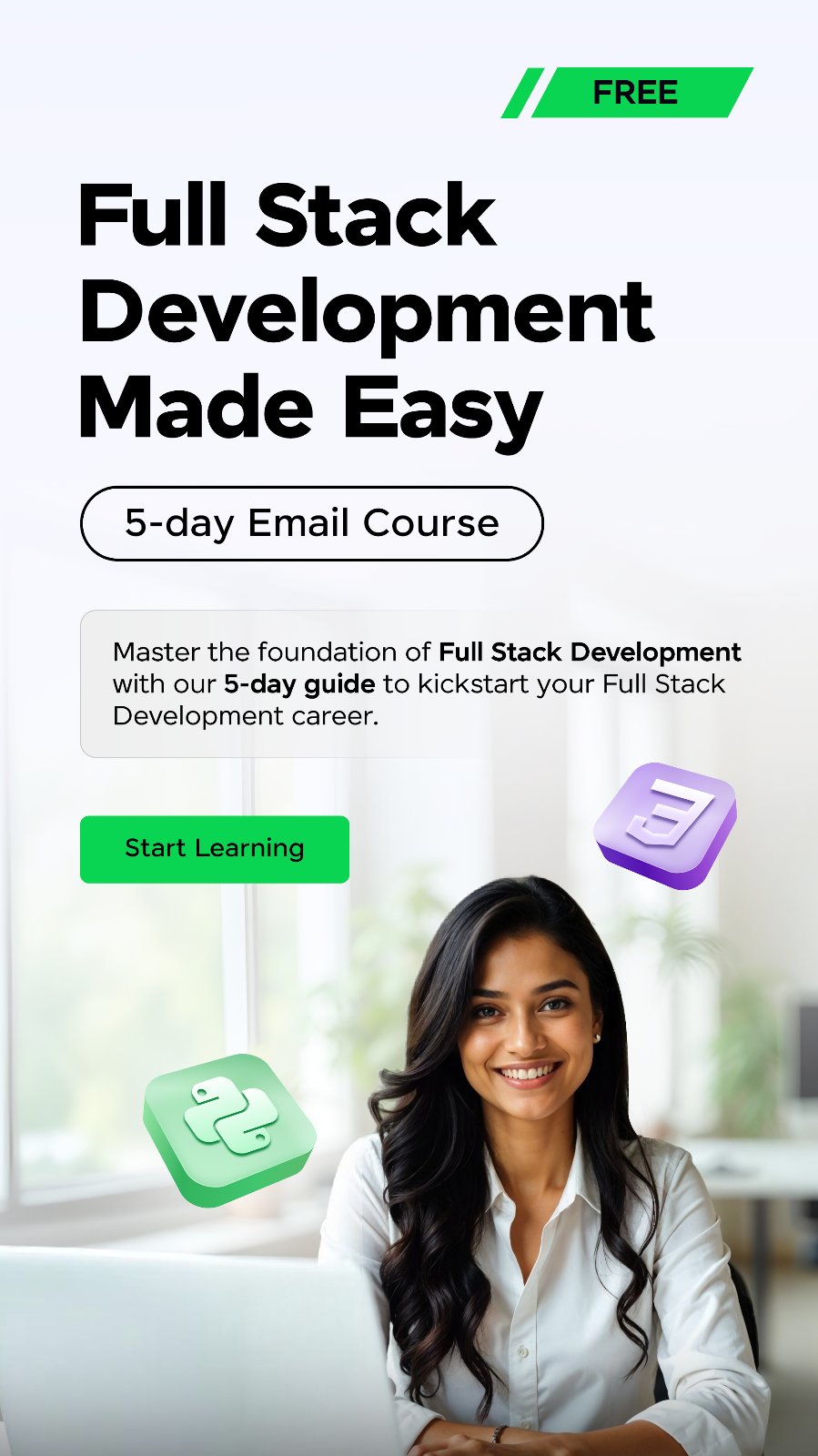
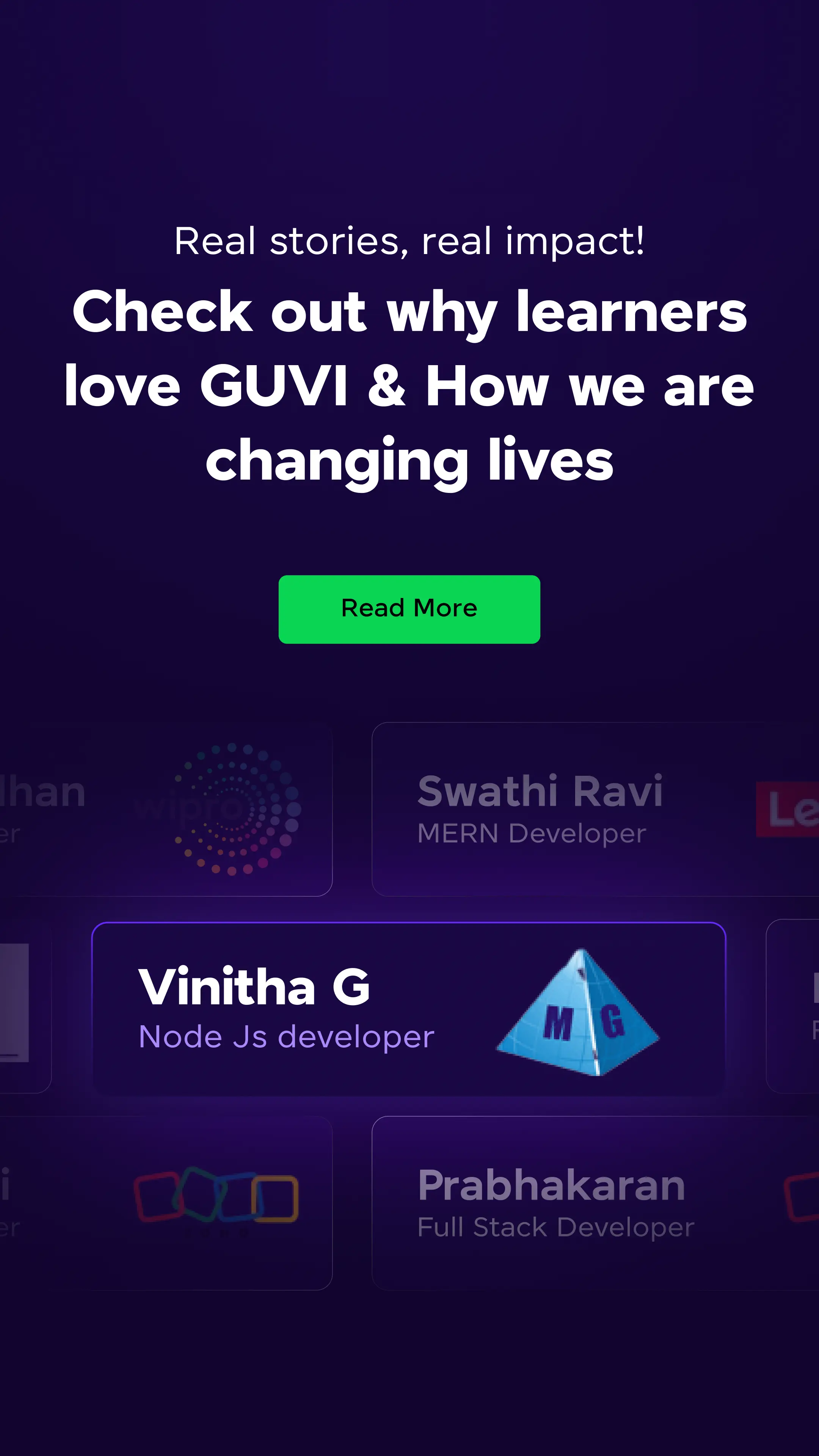















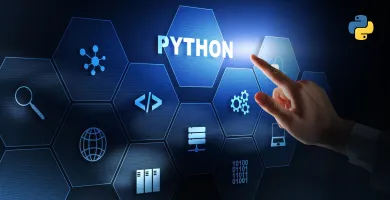



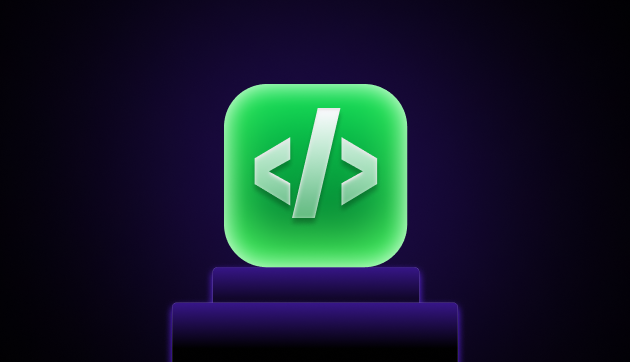
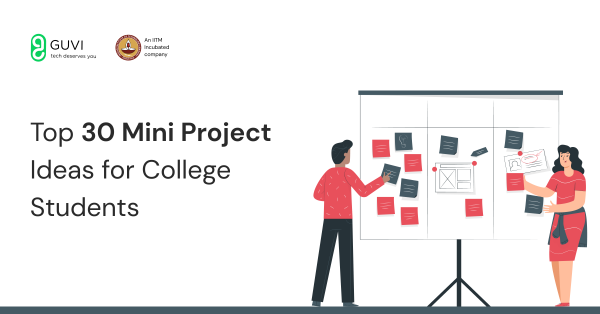

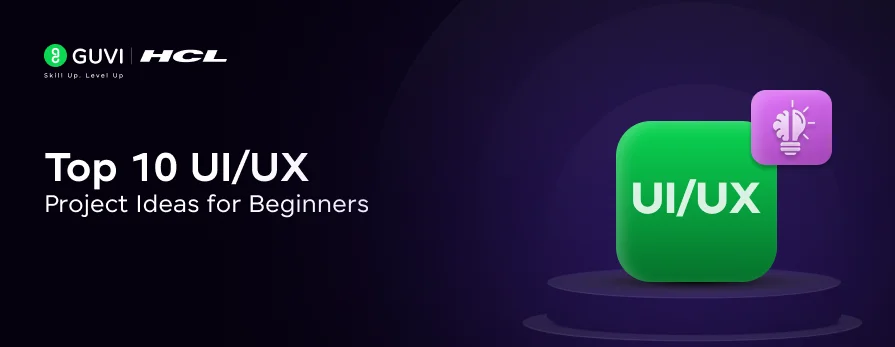


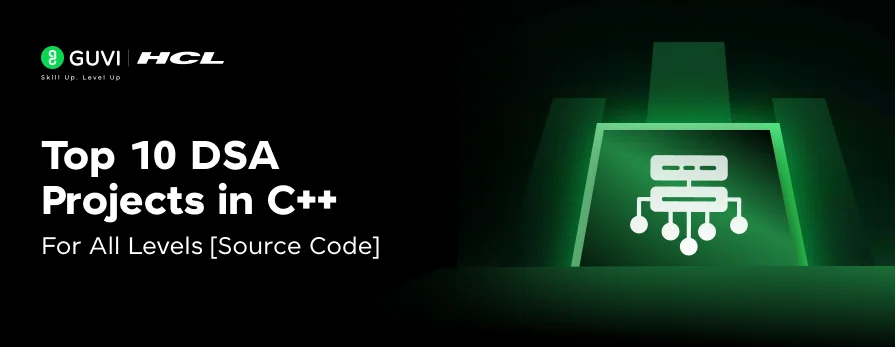






Did you enjoy this article?